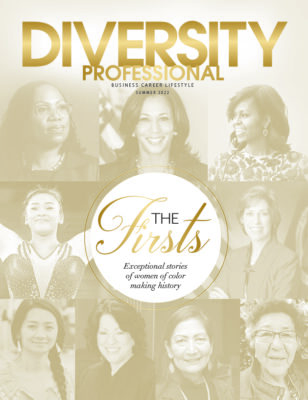Sexual Harassment: Is There A Solution?
The media and workplace have been flooded with allegations of sexual harassment. The Equal Employment Opportunity Commission (EEOC) states that sexual harassment can include unwelcome sexual advances, requests for sexual favors and other verbal or physical acts of intimidation or coercion. However, it doesn’t have to be of a sexual nature. Sexual harassment can also include offensive remarks about a person’s gender. The harassment claims have not been initiated only by women, as men also experience unwarranted sexual advances. Often, many argue about which party is responsible.
Are the women dressing inappropriately? Is it okay for a company leader or manager to have consensual sex with a subordinate? Who’s at fault when sexual advances are made at a work party in a hotel suite? Is it the host’s?
The majority of corporations and organizations offer their employees compliance training that includes sexual harassment education. This is now required as a result of two Supreme Court cases. It was determined that for a company to avoid liability in a sexual harassment case, it had to prove that it had trained employees on its anti-harassment policies. Often, training is provided, largely, to check a box for EEOC purposes. It can be argued that the training is not effective, as some individuals are only required to sit or click-through a video or complete online training. Is the training inadequate? Or is training really the issue?
The biggest issue may be the need to review the character of individuals. Many cases occur when the guilty party is in a position of influence, often using their power to harass others. Should we be assessing those in positions of power—supervisors, managers and executives—in a different way? We only seem to hear how individuals are not displaying quality leadership behavior that aligns with their roles and titles.
Unfortunately, these behaviors continue to be overlooked, which may encourage the individual to continue, and perhaps, push the envelope to get away with more harassing behavior. This creates a culture in the workplace and society where this is expected or becomes the norm. The workplace is where such acts have been more notable and can be a breeding ground for a hostile and inappropriate environment.
It is worth reviewing your organizational culture? Are women and men treated the same? What is the ratio of men to women? Is the organization inclusive and diverse? Are your procedures for reporting sexual incidents clear and transparent? Are there repercussions for coming forth and sharing negative actions and behaviors?
The answers to these questions are factors that determine if the culture of your organization is conducive to harassment. Training is not the complete answer; watching behavior trends and evaluating work environments can help determine what needs to be done in your organization.









